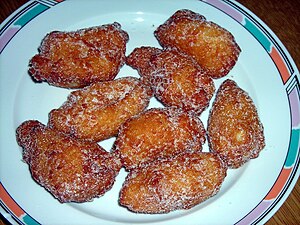Carnival in Venice
This year the Venice Carnival will begin on Saturday, 8 February and end Tuesday, 25 February.
The Venice Carnival is the most internationally known festival celebrated in Venice, Italy, as well as being one of the oldest. This congregation of masked people, called Venice Carnival, began in the 15th century, but the tradition can be traced back to the beginning of the 14th Century! During those years one of the first laws made by the Serenissima was that masks cannot be used around the city at night. Later, Venice Carnival attracted foreigners - including princes - from all over Europe, who came to enjoy the wild festivities while spending fortunes.
During the ten days of Carnival leading up to Mardi Gras, Venice is a hive of activity and entertainment, from improvised street entertainment to performances put on by the organizers. A central idea is chosen each year that is taken from various cultural or show-biz themes. Saint Mark’s Square remains the heart of Carnival, with its huge stage, although other events take place throughout the city, helping to avoid an excessive build-up of people in pedestrianized Venice.
During this period we will offer a Carnival Photo Walks where during the first hours we will take pictures of the Masks and Costumes in St Mark’s Square and then we will head after a coffee break for the Venice Tour. 4h Tour Price is €400 Max 3 people or 2 adults + 2 Teens – Extra persons MAX 2 € 70 per person.





























